Aditi Gupta
Optical Coherence Tomography Angiography-OCTA dataset for the study of Diabetic Retinopathy
Sep 06, 2024Abstract:This study presents a dataset consisting of 268 retinal images from 179 individuals, including 133 left-eye and 135 right-eye images, collected from Natasha Eye Care and Research Institute in Pune, Maharashtra, India. The images were captured using a nonmydriatic Optical Coherence Tomography Angiography (OCTA) device, specifically the Optovue Avanti Edition machine as per the protocol mentioned in this paper. Two ophthalmologists then annotated the images. This dataset can be used by researchers and doctors to develop automated diagnostic tools for early detection of diabetic retinopathy (DR).
Lumbar Spine Tumor Segmentation and Localization in T2 MRI Images Using AI
May 07, 2024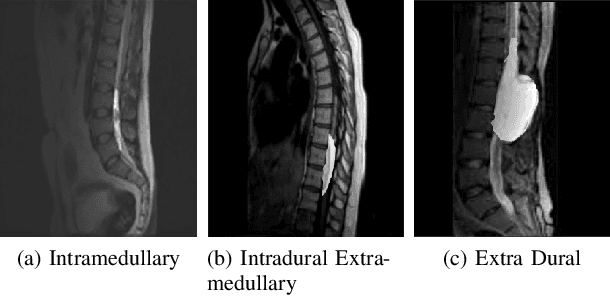

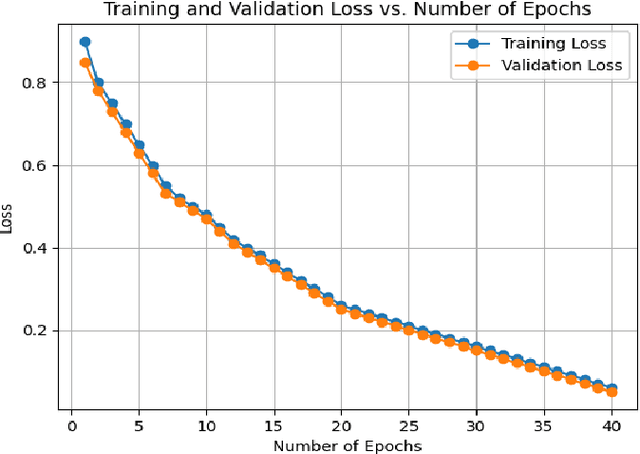

Abstract:In medical imaging, segmentation and localization of spinal tumors in three-dimensional (3D) space pose significant computational challenges, primarily stemming from limited data availability. In response, this study introduces a novel data augmentation technique, aimed at automating spine tumor segmentation and localization through AI approaches. Leveraging a fusion of fuzzy c-means clustering and Random Forest algorithms, the proposed method achieves successful spine tumor segmentation based on predefined masks initially delineated by domain experts in medical imaging. Subsequently, a Convolutional Neural Network (CNN) architecture is employed for tumor classification. Moreover, 3D vertebral segmentation and labeling techniques are used to help pinpoint the exact location of the tumors in the lumbar spine. Results indicate a remarkable performance, with 99% accuracy for tumor segmentation, 98% accuracy for tumor classification, and 99% accuracy for tumor localization achieved with the proposed approach. These metrics surpass the efficacy of existing state-of-the-art techniques, as evidenced by superior Dice Score, Class Accuracy, and Intersection over Union (IOU) on class accuracy metrics. This innovative methodology holds promise for enhancing the diagnostic capabilities in detecting and characterizing spinal tumors, thereby facilitating more effective clinical decision-making.
Machine learning for modeling the progression of Alzheimer disease dementia using clinical data: a systematic literature review
Aug 05, 2021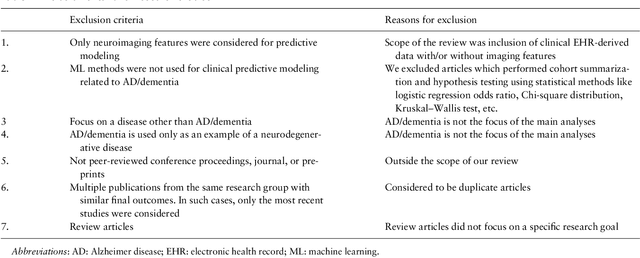
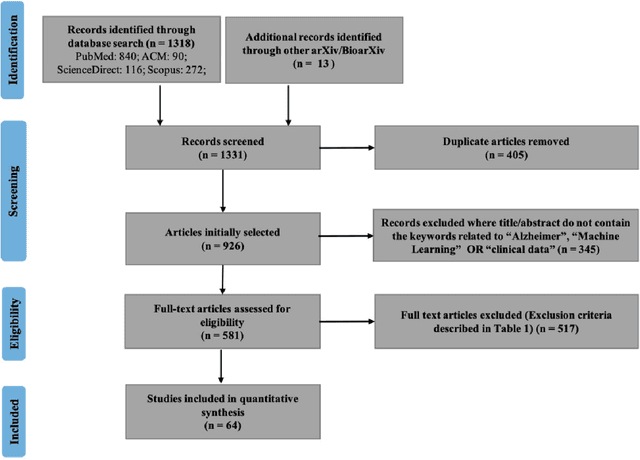
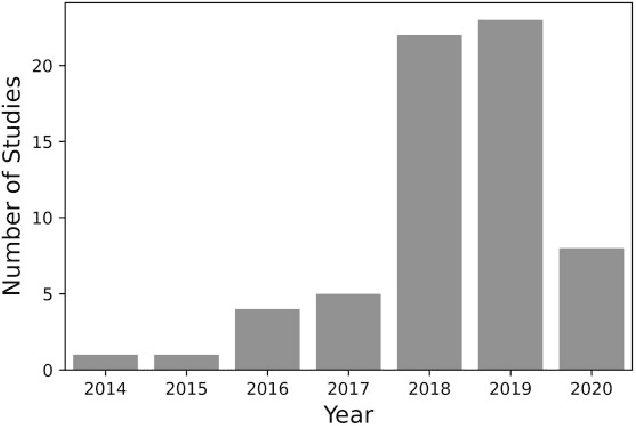

Abstract:Objective Alzheimer disease (AD) is the most common cause of dementia, a syndrome characterized by cognitive impairment severe enough to interfere with activities of daily life. We aimed to conduct a systematic literature review (SLR) of studies that applied machine learning (ML) methods to clinical data derived from electronic health records in order to model risk for progression of AD dementia. Materials and Methods We searched for articles published between January 1, 2010, and May 31, 2020, in PubMed, Scopus, ScienceDirect, IEEE Explore Digital Library, Association for Computing Machinery Digital Library, and arXiv. We used predefined criteria to select relevant articles and summarized them according to key components of ML analysis such as data characteristics, computational algorithms, and research focus. Results There has been a considerable rise over the past 5 years in the number of research papers using ML-based analysis for AD dementia modeling. We reviewed 64 relevant articles in our SLR. The results suggest that majority of existing research has focused on predicting progression of AD dementia using publicly available datasets containing both neuroimaging and clinical data (neurobehavioral status exam scores, patient demographics, neuroimaging data, and laboratory test values). Discussion Identifying individuals at risk for progression of AD dementia could potentially help to personalize disease management to plan future care. Clinical data consisting of both structured data tables and clinical notes can be effectively used in ML-based approaches to model risk for AD dementia progression. Data sharing and reproducibility of results can enhance the impact, adaptation, and generalizability of this research.
* 10 pages, 4 figures, 3 tables
 Add to Chrome
Add to Chrome Add to Firefox
Add to Firefox Add to Edge
Add to Edge